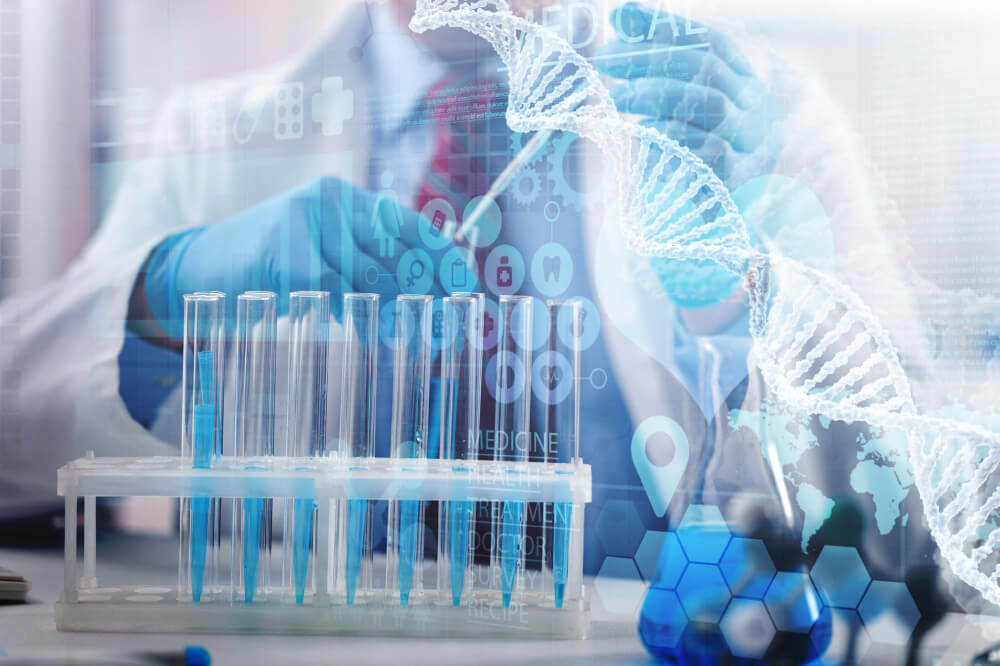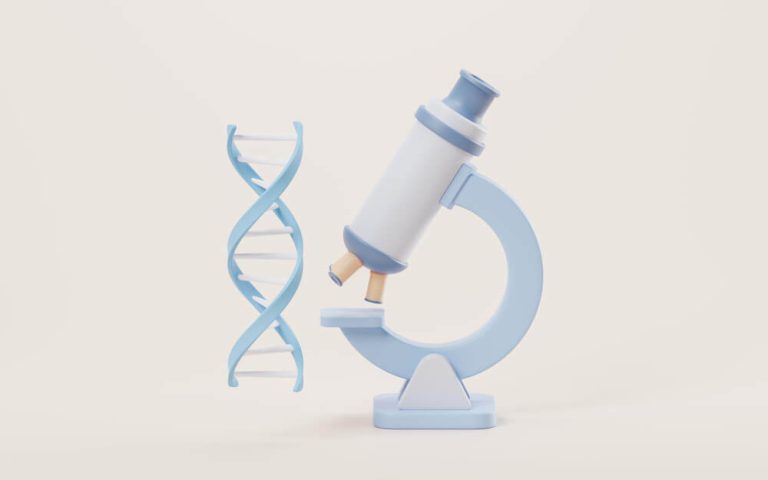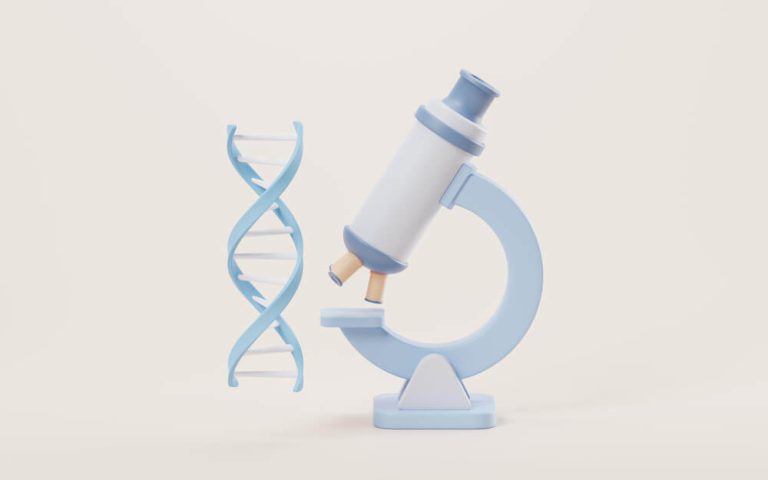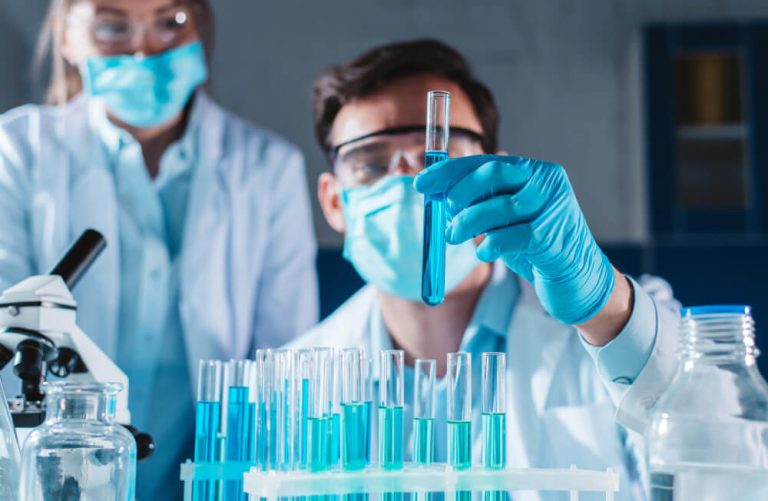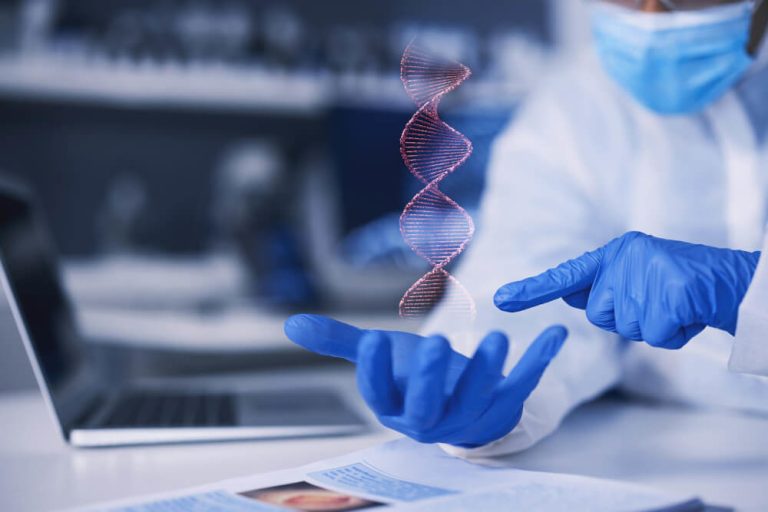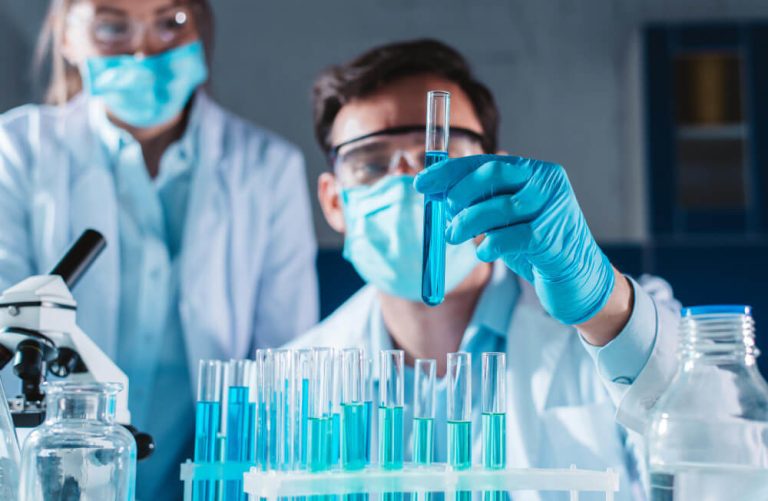NAD Training: Your Ultimate Guide to Cellular Health and Longevity
What if you could recharge your body’s most fundamental batteries? Imagine having more energy, sharper focus, and a greater sense of vitality, not just for today, but for years to come. This isn’t science fiction; it’s the emerging science of Nicotinamide Adenine Dinucleotide, or NAD+, a molecule essential for life itself. As we age, our natural levels of this critical coenzyme plummet, contributing to many of the hallmark signs of aging.
This decline is not an irreversible fate. The field of longevity medicine has illuminated powerful strategies to support and replenish our NAD+ pools. This comprehensive approach, which involves lifestyle, nutrition, and advanced therapies, is a core component of what modern practitioners are learning. For clinicians and health professionals aiming to be at the forefront of this revolution, understanding these protocols is paramount, which is why access to high-quality comprehensive NAD training has become so essential.
This guide will explore the world of NAD+, from its role inside your cells to the practical steps you can take to optimize your levels. We will delve into how diet and exercise influence this molecule, examine the role of precursor supplements, and explain advanced interventions like IV NAD+ therapy. Whether you are just beginning your wellness journey or seeking to deepen your understanding of anti-aging science, this is your starting point for harnessing the power of NAD+.
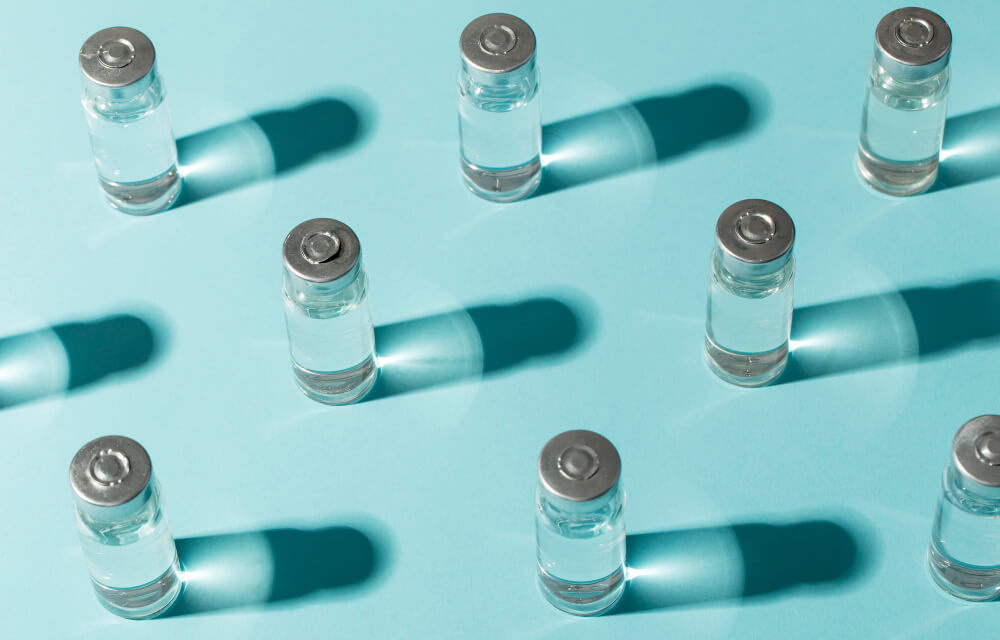
What Exactly is NAD+ and Why is it So Important?
Think of NAD+ as the unsung hero working tirelessly inside every cell of your body. It is a ‘helper molecule’ or coenzyme, meaning it helps other enzymes do their jobs correctly. Without sufficient NAD+, many of our most critical biological processes would grind to a halt. Its importance can be understood through two primary functions.
First, NAD+ is central to metabolism and energy production. It plays a key role in redox reactions, which convert the food we eat into the cellular energy known as ATP. In its active form, NAD+, it accepts electrons from broken-down food molecules, becoming NADH. This charged-up NADH then donates its electron to the mitochondrial electron transport chain, the body’s primary engine for generating ATP. In short, more NAD+ means more efficient energy production.
Second, NAD+ acts as a signaling molecule that powers crucial cellular maintenance and repair proteins. It is the essential fuel for enzymes like sirtuins and PARPs. Sirtuins, often called ‘longevity genes’, help regulate inflammation, our circadian rhythm, and overall cellular health. PARPs are responsible for repairing damaged DNA, a constant process that becomes more demanding as we age. When these enzymes have enough NAD+ fuel, they can effectively protect our cells from stress and decay.

Why Do NAD+ Levels Decline as We Age?
The fact that NAD+ levels can drop by as much as 50 percent between the ages of 40 and 60 is a fundamental aspect of the aging process. This decline is not due to a single cause but rather a combination of factors that create a perfect storm of cellular depletion. Understanding these drivers helps explain why we experience lower energy and slower recovery over time.
One major reason is increased consumption. As we get older, we accumulate more cellular damage from environmental toxins, sun exposure, and metabolic byproducts. To combat this, our DNA repair enzymes, the PARPs, work overtime and consume large amounts of NAD+. Furthermore, an inflammatory enzyme called CD38 becomes more active with age, and its primary function is to break down NAD+. This creates a double whammy: our need for NAD+ goes up while an age-related enzyme actively destroys it.
Another factor is a reduction in our body’s ability to produce and recycle NAD+. The pathways that convert dietary precursors like vitamin B3 into fresh NAD+ become less efficient. This creates a growing gap between supply and demand. The combination of decreased production and increased consumption leads to the systemic decline that scientists now link to age-related conditions, from metabolic dysfunction to cognitive fog.

How Can We Naturally Increase Our NAD+ Levels?
While the age-related decline of NAD+ is a natural process, we are not powerless against it. Several powerful lifestyle interventions can help preserve and even boost our NAD+ pools. These strategies form the foundation of any effective longevity plan, working synergistically to enhance cellular health from the inside out. By making conscious choices about diet, exercise, and other daily habits, you can directly influence your body’s NAD+ economy.
These natural methods are accessible to everyone and provide a host of benefits beyond just NAD+ production. They are about creating a biological environment where your cells can thrive. From the food on your plate to the way you move your body, every choice can either deplete or replenish this vital resource. Let’s explore the most effective natural strategies for boosting your NAD+.
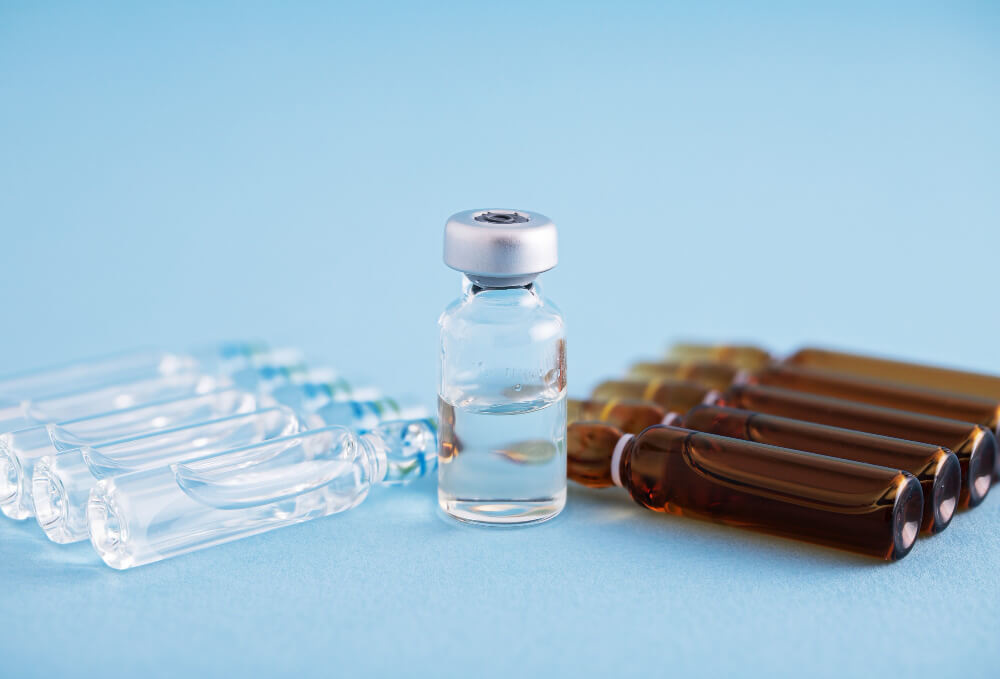
Can Diet and Nutrition Boost NAD+?
Yes, your diet plays a crucial role in providing the raw materials your body needs to synthesize NAD+. The primary building blocks are different forms of vitamin B3, such as niacin and nicotinamide, as well as the amino acid tryptophan. Including foods rich in these nutrients is a smart first step in supporting your cellular energy levels.
Foods like turkey, salmon, tuna, mushrooms, avocados, and green peas are good sources of these NAD+ precursors. However, it’s important to recognize that while a healthy diet is foundational, obtaining a therapeutic dose of precursors from food alone to counteract age-related decline can be very challenging. The conversion processes are complex and can be inefficient, which is why many people turn to more direct methods in addition to a healthy diet.
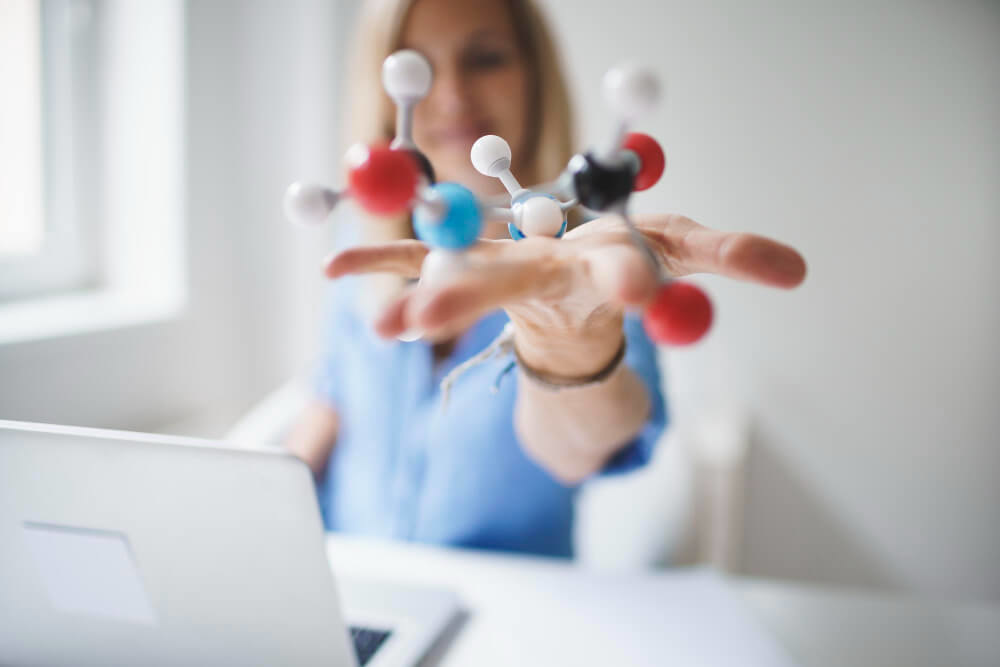
Does Exercise Play a Role in NAD+ Production?
Exercise is one of the most potent ways to naturally increase NAD+ levels. Physical activity, especially when it’s intense, puts a healthy stress on your muscles. This stress signals the body to produce more mitochondria, the powerhouses of your cells, and to ramp up the production of NAD+ to meet the increased energy demand.
High-Intensity Interval Training, or HIIT, is particularly effective. This type of workout involves short bursts of all-out effort followed by brief recovery periods. Studies have shown that HIIT boosts NAD levels in muscle tissue by activating key metabolic pathways. For anyone unfamiliar with the specifics, high-intensity interval training is a time-efficient and scientifically validated method for improving cardiovascular fitness and metabolic health. The acute energy crisis created during the intense intervals serves as a powerful signal to the body to upregulate its NAD+ synthesizing machinery.

What About Caloric Restriction and Fasting?
Caloric restriction and intermittent fasting are ancient practices that modern science has validated as powerful tools for longevity. When you restrict calories or fast, you place your body in a state of mild, controlled stress. This perceived scarcity triggers powerful survival circuits that have evolved over millennia to protect the body during times of famine.
One of the key mechanisms behind the benefits of fasting is its effect on NAD+. Fasting increases the NAD+ to NADH ratio, which in turn activates the sirtuin longevity genes. These activated sirtuins then go to work improving metabolic efficiency, reducing inflammation, and enhancing cellular stress resistance. This process, known as autophagy, also helps clear out old, damaged cellular components, making way for new, healthier ones.

What Are NAD+ Precursor Supplements?
For those looking for a more direct and potent way to boost NAD+ levels beyond what diet and exercise can provide, precursor supplements have become incredibly popular. These supplements provide the body with more advanced building blocks that can be more efficiently converted into NAD+. The two most well-known and studied precursors are Nicotinamide Riboside (NR) and Nicotinamide Mononucleotide (NMN).
These molecules are essentially more ‘ready-to-use’ versions of vitamin B3. By supplementing with NR or NMN, you can bypass some of the rate-limiting steps in the body’s natural NAD+ production pathway, known as the salvage pathway. This provides a more direct infusion of the raw materials needed to replenish declining levels, supporting everything from energy metabolism to DNA repair. Many leading researchers and health experts see these supplements as a key part of a proactive anti-aging toolkit.

What is the Difference Between NR and NMN?
The main difference between NR and NMN lies in their molecular size and the specific path they take to become NAD+. NMN is a larger molecule than NR; in fact, NMN is the direct precursor to NAD+, while NR must first be converted into NMN inside the cell before it can be used to make NAD+. For years, there was a scientific debate about whether NMN could even get into cells directly or if it needed to be converted to NR first to cross the cell membrane.
Recent research has identified a specific transporter that can carry NMN directly into cells in some tissues, adding a new layer to the conversation. Both supplements have been shown in studies to effectively raise NAD+ levels in the body. The choice between them often comes down to personal preference, cost, and individual response, as the science is still evolving. For those wanting a deeper scientific perspective, it’s helpful to understand the role of NAD+ in cellular processes at a molecular level to appreciate the significance of these precursors.

Are These Supplements Safe and Effective?
Based on current human and animal studies, both NR and NMN are generally considered safe and well-tolerated when taken at recommended dosages. Clinical trials have shown their effectiveness in raising blood and tissue NAD+ levels. The research into their long-term benefits for human health is ongoing but has yielded many promising results, particularly in areas like improving metabolic health, physical performance, and markers of cardiovascular health.
As with any supplement, it is crucial to choose high-quality products from reputable manufacturers that provide third-party testing for purity and potency. The supplement market can be confusing, so relying on trusted sources for information is key. For a balanced and scientifically rigorous overview of the current research, many people find it helpful to explore resources that consolidate and explain the data, and you can learn more about NAD from FoundMyFitness, a platform known for its deep dives into health science.
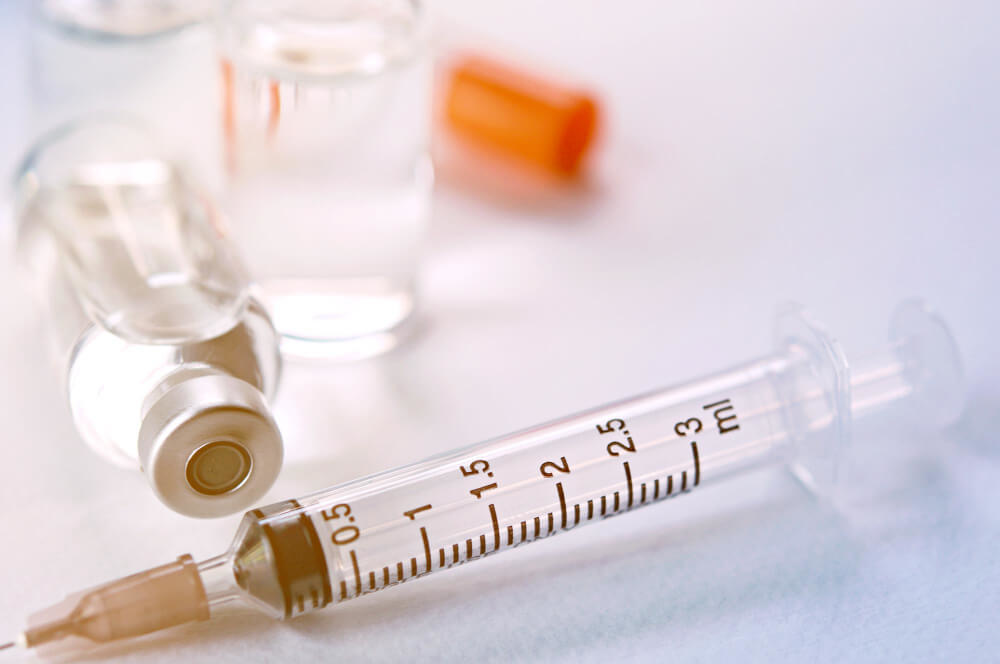
What is IV NAD+ Therapy?
IV NAD+ therapy represents the most direct and powerful method for rapidly increasing systemic levels of this vital coenzyme. Instead of relying on the digestive system and cellular conversion pathways, this therapy delivers pure NAD+ directly into the bloodstream via an intravenous drip. This approach ensures 100 percent bioavailability, meaning every molecule administered is immediately available for use by the body’s cells.
This method is often used in clinical settings for individuals seeking significant and rapid restoration of their NAD+ levels. It has gained popularity for a range of applications, including anti-aging and cellular rejuvenation, support for neurological health, recovery from chronic fatigue, and as an adjunctive therapy in addiction recovery protocols. By saturating the body with NAD+, the therapy aims to quickly refuel essential enzymatic processes, repair cellular damage, and restore a state of higher function and vitality.
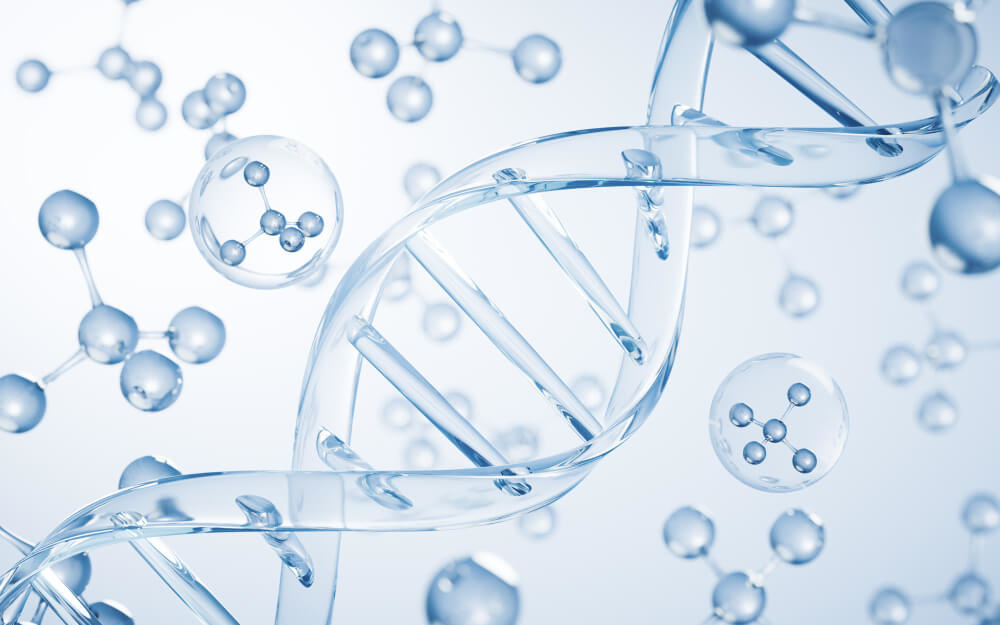
What Should Someone Expect During an IV NAD+ Session?
An IV NAD+ session is a medically supervised procedure that typically takes place in a clinic or wellness center. The duration of the infusion can vary from two to six hours, depending on the dosage and the individual’s tolerance. Patients are made comfortable in a chair while a small catheter is inserted into a vein, and the NAD+ solution is administered slowly.
It is common for patients to experience some discomfort during the infusion. Sensations can include a feeling of pressure in the chest, abdominal cramping, flushing, and a mild headache. These side effects are not dangerous and are related to the rapid influx of NAD+ into the cells. They can be managed by slowing down the drip rate and typically resolve as soon as the infusion is stopped. For this reason, it is critical that the therapy is administered by a trained professional who can monitor the patient and adjust the treatment as needed.

How Does IV Therapy Fit into a Broader Health Strategy?
IV NAD+ therapy should not be viewed as a standalone magic bullet but rather as a powerful component of a comprehensive health and longevity strategy. Its effects are most profound and lasting when combined with a foundation of healthy lifestyle habits, including a nutrient-dense diet, regular exercise, and adequate sleep. It can provide a significant boost to kickstart a wellness journey or help break through a plateau.
For healthcare professionals, offering this therapy requires specialized knowledge. Clinicians must understand the legal and regulatory status of IV NAD treatment in their jurisdiction to ensure full compliance. Furthermore, running a successful practice involves mastering the administrative side, making expertise in billing and coding for IV nutritional therapies a non-negotiable skill for clinic owners. This ensures the practice is both effective and sustainable.

Who Administers NAD+ Therapies and What Training is Required?
Given the potent nature of interventions like IV NAD+ therapy, it is crucial that they are administered by qualified and properly trained healthcare professionals. This typically includes medical doctors (MDs), doctors of osteopathic medicine (DOs), nurse practitioners (NPs), and physician assistants (PAs) who have sought additional education in functional, regenerative, or anti-aging medicine.
Administering these therapies effectively requires more than just knowing how to start an IV. A trained practitioner understands the underlying biochemistry of NAD+, can properly screen patients for contraindications, and knows how to manage potential side effects. They can also integrate NAD+ therapy into a holistic treatment plan that addresses the root causes of a patient’s health concerns.
This specialized knowledge is often acquired through dedicated certification programs that focus on advanced therapies. For example, many practitioners who offer NAD+ also find it beneficial to pursue a hormone therapy certification for doctors, as hormonal balance and cellular energy are deeply interconnected aspects of aging. This comprehensive training ensures they can provide the safest and most effective care to their patients.
The journey into the world of NAD+ is a journey into the very heart of cellular health and longevity. From the food you eat to the way you exercise, you have the power to influence this critical molecule. For those seeking a more significant boost, supplements and advanced IV therapies, guided by trained professionals, offer a direct path to cellular rejuvenation. NAD+ is a cornerstone of modern anti-aging science, offering a tangible way to enhance vitality and resilience for a longer, healthier life.
Frequently Asked Questions

Why can’t we just supplement with NAD+ directly instead of using its precursors?
Directly supplementing with oral NAD+ is largely ineffective due to significant bioavailability challenges. As a large and charged molecule, NAD+ cannot easily cross cellular membranes to enter the tissues where it is needed. When ingested, most NAD+ is broken down in the digestive tract and liver into smaller components, such as nicotinamide riboside (NR), nicotinamide, or nicotinic acid.
Therefore, using precursors like NR or nicotinamide mononucleotide (NMN) is a more biochemically sound strategy for raising intracellular NAD+ levels. These smaller molecules have dedicated transporters that allow them to efficiently enter cells. Once inside, they are rapidly converted into NAD+ through the highly active salvage pathway, effectively replenishing the cellular NAD+ pool.

Besides its role in energy production, what are the most important functions of NAD+?
Beyond its classic role in redox reactions for ATP production, NAD+ is a critical substrate for a class of signaling enzymes that regulate cellular health and longevity. These enzymes, including sirtuins and poly (ADP-ribose) polymerases (PARPs), consume NAD+ to carry out their functions. Sirtuins are vital for managing inflammation, DNA stability, and metabolic control, while PARPs are essential for repairing damaged DNA.
The activity of these protective enzymes is directly dependent on the availability of NAD+. As NAD+ levels decline with age or metabolic stress, the function of sirtuins and PARPs becomes impaired. This compromise is believed to be a key driver of the aging process, contributing to increased genomic instability, chronic inflammation, and a decline in cellular resilience.
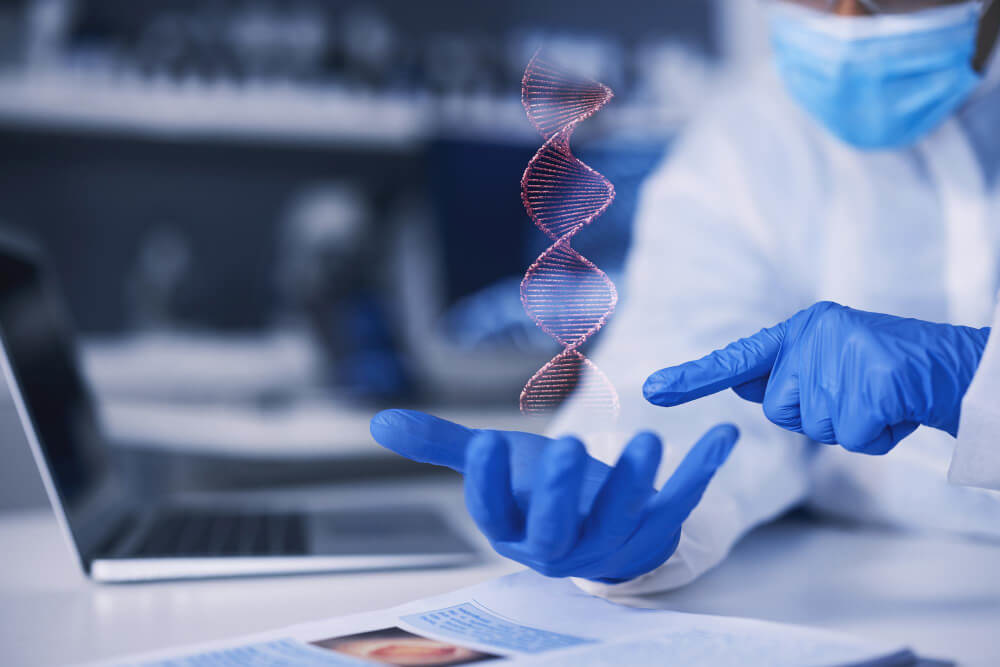
How does the balance between NAD+ production and consumption change with age?
With advancing age, the delicate balance between NAD+ synthesis and consumption shifts unfavorably, leading to a net decline in its availability. A primary factor is the increased activation of NAD+-consuming enzymes in response to age-related cellular stress. For example, the accumulation of DNA damage activates PARP enzymes, and rising chronic inflammation activates the enzyme CD38, both of which significantly deplete the cellular NAD+ pool.
This heightened consumption places a severe strain on the body’s NAD+ production pathways, particularly the salvage pathway. The efficiency of this critical recycling pathway can also decline with age due to reduced expression or activity of its key enzymes. This combination of increased NAD+ degradation and impaired recycling capacity creates a vicious cycle that accelerates the age-related decline in NAD+ levels.
Ready to lead the charge in the longevity revolution? Discover the most comprehensive functional medicine training, longevity training, and biohacking certification programs designed specifically for healthcare professionals, medics, and clinic owners who want to master regenerative medicine protocols and anti-aging therapies. Elevate your practice and transform patient outcomes with Talking Longevity.

